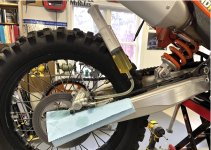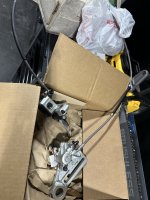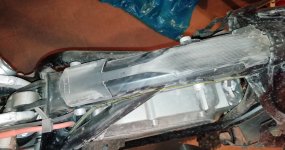Bleeding the brake is neither difficult, nor it requires special tools, but you need to be patient.
I use this pretty common method; they use that hose with a one way valve but you can just use any transparent hose that fits, like a fuel hose, just test that it doesn't get dissolved with brake fluid:
What they say @ 4:14 is very important and I'd like to explain the procedure better:
1- fill the reservoir
2- squeeze the lever and hold it squeezed
3- open the bleeder valve just a bit until the lever starts moving more
4- close the bleeder valve before the lever touches the handlebar
5- release the lever
6- check that the reservoir is not empty and refill it before it becomes empty
and repeat until the lever feels normal and you don't see any more bubbles in the hose.
At the beginning the lever will feel pretty soft and it will take some time until it starts to show some resistance, be patient.
If you can't reach the lever with one hand and the bleeder valve with the other, you need someone to help you; in that case, it would be best if you use the lever and the other person operates the valve following your instructions: «open», «close», «open», «close»... .
Then I suggest that you test the brake in some safe area to see whether the stopping power is adequate. The LHRB needs some effort to lock the wheel but you should be able to do so.



